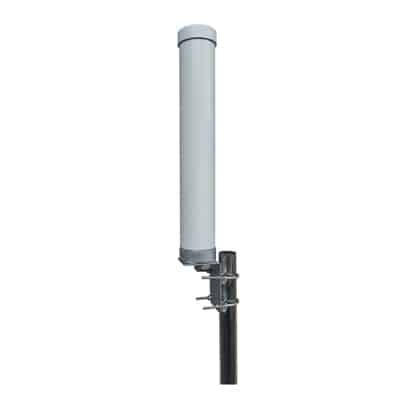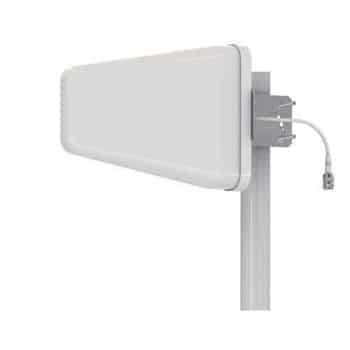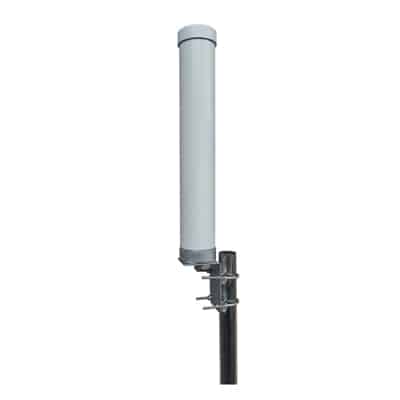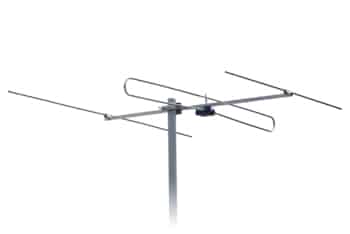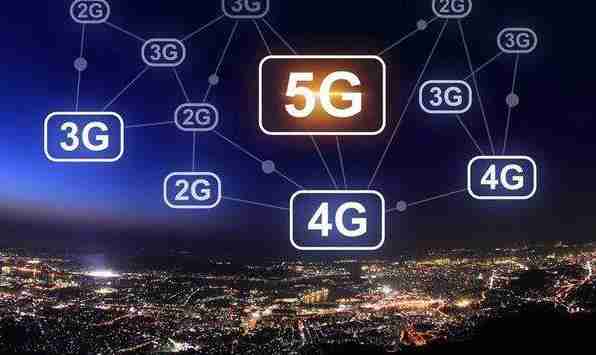
5G network is the next upcoming cellular generation that is expected to change the current form of wireless communication to an extremely modern and robust technology. From service providers to customers, everyone is waiting eagerly for the complete deployment and use of the 5G mobile network due to its amazing features including ultra-high data rate of up to 100Gbps, reduced latency of around 10ms, 99.99% availability, higher bandwidth, higher energy efficiency, low power consumption, and longer battery life. 5G network will revolutionize the communication system by creating a completely mobile and connected society as people and every object will be consistently connected to each other. With virtual reality (VR) and augmented reality (AR), people will be able to communicate and work irrespective of their location or any space constraints.
5G communication technology consists of numerous capabilities that previous cellular generations failed to achieve due to their bandwidth and other resource limitations. In this article, we discuss different technologies of the 5G network which lead to various advantages that are desired by the network users as well as enable 5G to stand out among all the previous generations. So let’s proceed into the details of the article:
Table of Contents
ToggleFeatures and Advantages of 5G technology
The different features of 5G technology and their advantages are discussed as follows:
1. Large-Scale Antenna
Implementing large-scale antenna technology into the network architecture increases the capacity of the system by 100 times. It is considered one of the key 5G technologies as it provides several advantages including:
- High Spectral Efficiency: Large-scale antenna technology enhances the spectral efficiency of the system in the time domain, frequency domain, and airspace domain as compared to the single-antenna and 4/8 antenna systems used in previous cellular networks.
- Reduces Interference: Large-scale antenna technology sufficiently reduces neighborhood interference and self-interference with its dynamic combination that uses beam-forming technology. The beamforming technology allows transmission of smaller energy beams in a specific smaller area with concentrated signal intensity in a particular direction and user base which eliminates or reduces the self-interference and neighborhood interference.
- Improved Network Capacity: Large-scale antenna also improves the network capacity with its directional beam transmission toward specific users.
- Reduced Hardware Cost: The signal superposition gain feature of the beam-forming technique, employed by large-scale antenna systems, allows each antenna to transmit low-power signal which eliminates the need of using large dynamic range power amplifiers, thus, reducing the hardware cost.
- Lower Latency: A large number of antennas lowers the transmission delay and enhances the performance delivery by reducing the deep fading of channels. The traditional communication systems employ channel coding and interleaver to reduce the continuously occurring burst errors due to channel fading at different time intervals. This increases their delay and degrades the network performance.
- Suitable for mmWave technology: Large-scale antenna technology compliments the millimeter wave (mmWave) technology by solving the issue of attenuation caused by the large bandwidth capacity of mmWave technology.
Applications of Large-scale Antenna Technology: Large-scale antenna technology is implemented in various application scenarios such as for transmission between the base stations, separate cities, concerts, shopping malls, stadiums, transport hubs, and concerts where user density is higher and requires a local hotspot for data transmission.
What can Tesswave do for you?
Tesswave provide 100+ antenna products and you can contact us for antenna customized solutions, get in touch with us today to get a Free quote.
Get an Instant Quote
Get a FREE quote and we will contact you within an hour
2. Ultra-Dense Networking
Ultra-dense networking refers to the deployment of many small cells to provide network access to edge-users’ areas where poor coverage exists or places where data usage is high. It is an important feature of 5G technology as it is expected to meet the requirements of increasing data traffic by hundred times in the future and ensures the deployment of large-scale antenna systems for better spectral efficiency and network capacity. The advantages of ultra-dense networking are as follows:
- Improved Mobility: The base stations (BSs) of small cells are connected with the macro cell BS as the small cells are deployed inside the macro cell. This connection is consistently maintained as a result of which the macro BS provides network access to the users whether they are traveling or at the edge of the network where coverage is poor.
- Resource Utilization Efficiency: Ultra-dense networking in 5G reduces the distance between the transmission node and the terminal in some areas which leads to more spectrum availability, improved service efficiency, system capacity, and resource utilization.
- Mitigated Interference: Hyper-dense networking also attracts the issue of interference in the network but 5G technology brings along the state-of-the-art technique of coordinated multi-point (CoMP) technique which mitigates the issue of interference among large-scale antennas by controlling and coordinating their signal transmission.
Application of Ultra-dense Networking: Ultra-dense networking is used in densely populated areas where a single BS cannot provide coverage to a large number of people.
5G network is integrated with numerous emerging technologies including device-to-device (D2D) communication, software-defined network (SDN), Internet-of-Things (IoT), network slicing, Network Function Virtualization (NFV), massive multiple-input-multiple-output (mMIMO), mmWave communication, cognitive radio networks (CRN), cooperative radio access network (CRAN), unmanned aerial vehicle (UAV) network, and many more. These technologies will bring along numerous real-time applications with wide frequency bands ranging from below 6GHz to 6-100GHz. 5G will enable each object to communicate with another object without human interference, helping the users to manage, monitor, and control their work more efficiently and effectively.
Conclusion
This article presents detailed information about the emerging 5G technology and its advantages that promise to serve the world and meet users’ demands efficiently. 5G network is an integration of several innovative technologies that allow people to communicate with each other as if they are sitting in one room. This is due to the real-time applications of 5G that are accessible with a high data rate and reduced latency. Moreover, the innovative technologies of 5G bring along a wide range of advantages such as enhanced networking, higher coverage, reduced cost and enhancing IoT, etc. The previous cellular generations like 4G LTE failed to achieve such features and benefits due to their capacity and bandwidth limitations. That is why 5G seems to be the most optimal solution that can meet the ever-increasing user demands and bring along a new wave of modern communication and service delivery performance.

